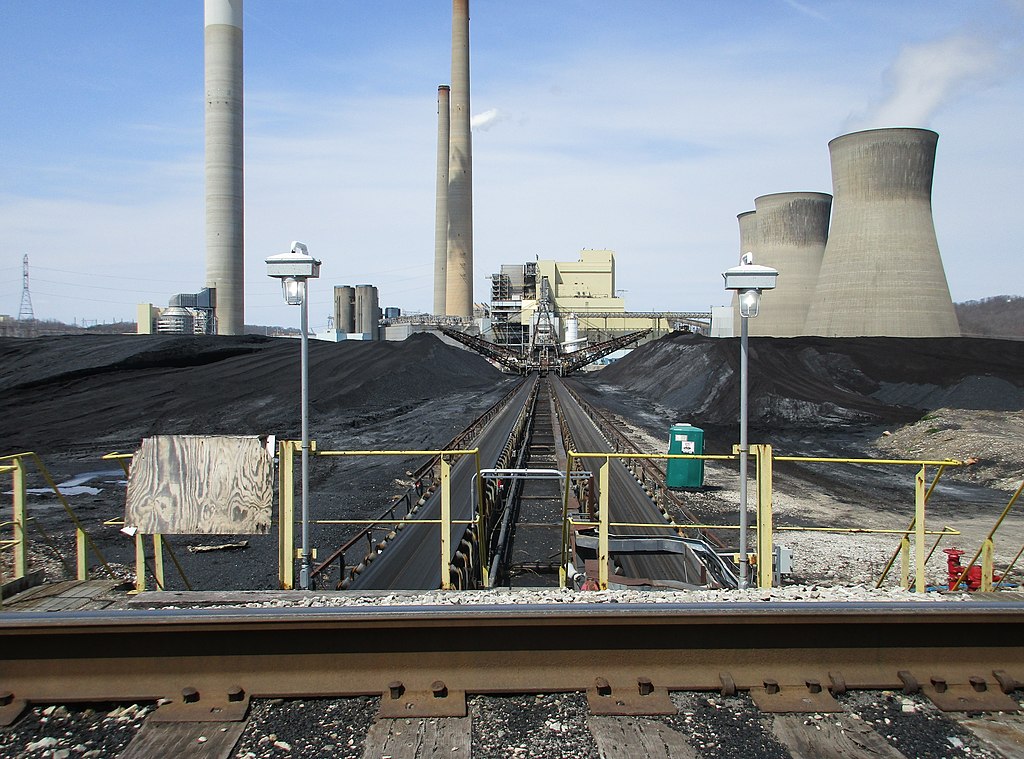Appalachian Power awaits further regulatory action on West Virginia coal plants

Requests by the Appalachian Power Co. filed with regulators in Virginia and West Virginia to recover upgrade costs that are required to comply with federal environmental regulations at two of its coal-fired generating plants saw some movement last week.
Virginia State Corporation Commission (SCC) staff on Aug. 4 filed a “no comment” response to a hearing examiner’s report recommending that the SCC deny a rate adjustment sought by Appalachian Power to finance modifications at its John Amos Powerplant in Winfield, W.Va., and the Mountaineer Power Plant located outside New Haven, W.Va. The full commission will make the final decision on the request.
“We will wait to respond until we have the Virginia SCC’s decision, which will be an additional necessary piece of information that will inform our plans,” Appalachian Power spokeswoman Teresa Hall told Daily Energy Insider last week in an email.
Specifically, the Lynchburg, Va.-based Appalachian Power, which is a subsidiary of Ohio-based American Electric Power, seeks approval from both the Virginia SCC and the West Virginia Public Service Commission (PSC) for its proposed E-RAC clause to recover the upgrade expenses it would incur to comply with Environmental Protection Agency (EPA) regulations at the two plants.
The “no comment” filing from Virginia SCC staff came in response to a July 8 report filed by the Virginia SCC’s senior hearing examiner recommending denial of Appalachian Power’s December 2020 request to spend $250 million on wastewater treatment projects at the plants to bring them into compliance with EPA rules. Instead, the hearing examiner suggested that Appalachian Power replace the plants with renewable power.
In response, Appalachian Power told the Virginia SCC in a July 26 filing that it may have to close the two power plants in 2028 rather than in 2040, as planned. And if the plants closed at an earlier-than-planned date, then Appalachian Power customers would face a rate increase needed to help cover the cost for replacement capacity and the corresponding transmission distribution upgrades, according to its filing.
“If the company retired one or both of the plants, we would have to spend billions of dollars on replacement capacity much earlier than necessary,” Appalachian Power’s Hall wrote in her email. “Virginia customers would bear the costs of this unprecedented capacity overhaul.”
In addition to avoiding replacement capacity costs, Appalachian Power’s plants also serve to protect customers from potentially volatile energy costs, she said. “The early and simultaneous retirement of nearly two-thirds of the company’s capacity would expose the company and our customers to an imprudent level of uncertainty and market volatility,” wrote Hall.
Meanwhile, the West Virginia PSC also on Aug. 4 granted Appalachian Power and Wheeling Power Co. a certificate of convenience and necessity to make internal modifications necessary to comply with federal environmental regulations at the Amos and Mountaineer plants, as well as at the Mitchell Power Plant, another large coal-fired power station located near Moundsville, W.Va. The Mitchell plant is equally owned by Wheeling Power and the Kentucky Power Co., which are also subsidiaries of American Electric Power.
The approved rate increase that goes into effect Sept. 1 will permit the three power plants to remain open and operational through at least 2040, according to the West Virginia PSC, which also authorized Appalachian Power and Wheeling Power to implement a surcharge to recover the related construction costs.
The West Virginia PSC based its decision on concerns around a probable shortage of electricity that could result from prematurely closing down the Mitchell plant, according to a statement released by PSC Chairwoman Charlotte Lane.
“We recognize that in the future, for new power supply resources, we may have to rely more on intermittent resources such as wind and solar,” Lane said. “It is premature, however, to begin abandoning our traditional baseload power supply resources, which can be upgraded to meet environmental requirements.”
According to Hall at Appalachian Power, the West Virginia PSC order provides one more of the three state orders necessary to determine the company’s path forward. “Through this order, the Public Service Commission of West Virginia has recognized the role that the Amos, Mountaineer, and Mitchell plants play in maintaining reliable, affordable service to our customers as we transition to more renewables and balance out our energy resources in the coming years,” she wrote in her email.
Hall also said that the wastewater treatment projects at the three plants are important because they are necessary for the company to meet EPA regulations. “Planning and engineering work are underway now, but construction won’t begin until we have the necessary regulatory approvals,” she said.
Unfortunately, the Kentucky PSC in July rejected Kentucky Power’s request to perform federal environmental compliance work at the Mitchell plant, which needs a new wastewater handling system to continue operating through 2040. Without the new system, the plant also would have to close by the end of 2028, according to the utility.
“We are awaiting a ruling from the Virginia State Corporation Commission on our request to make environmental improvements at the Amos and Mountaineer plants and will be weighing the collective decisions from Kentucky, Virginia, and West Virginia and working with regulators as we determine our next steps,” said Hall.
